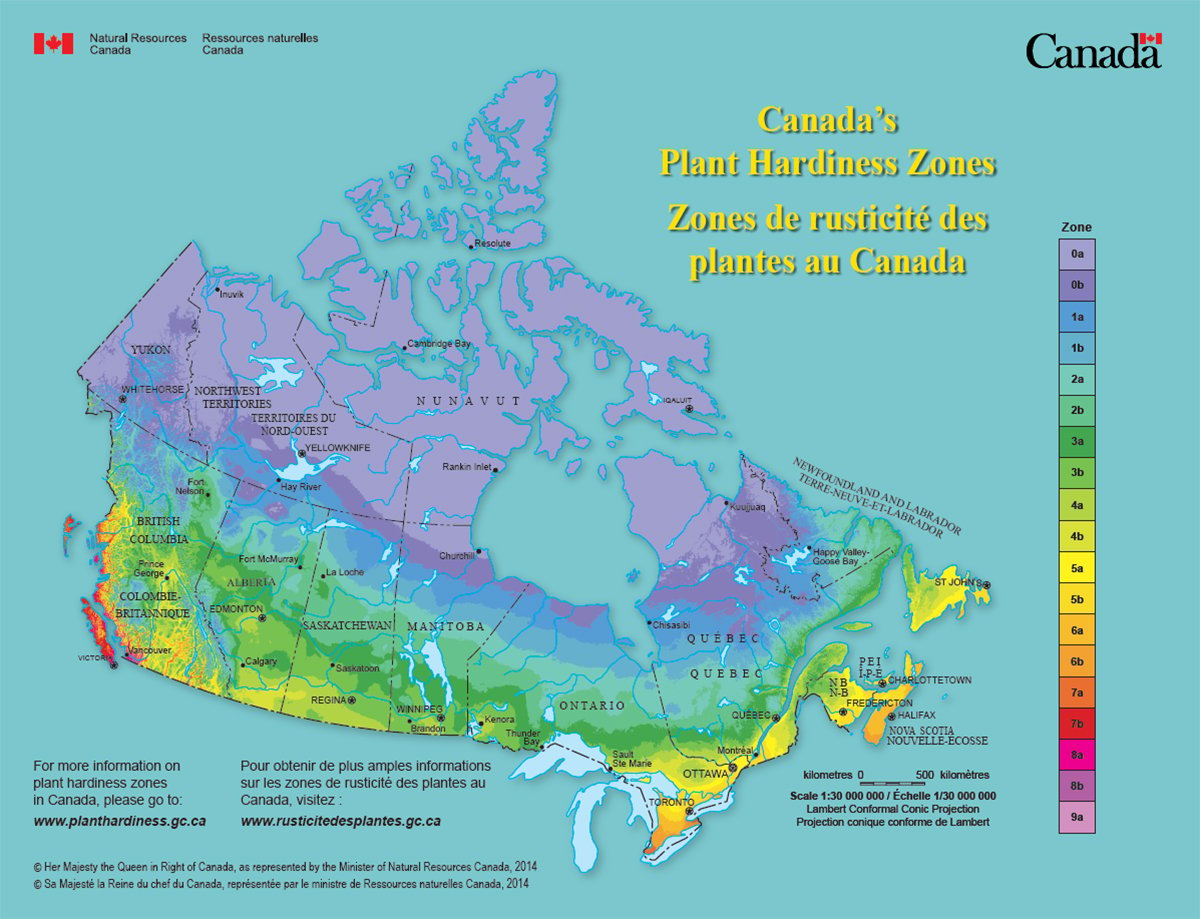EDMONTON — Canadian farmers will continue to play an increasing role in closing the gap between the global demand for food and its supply, says an agricultural economist.
Lutz Goedde told the FarmTech show in Edmonton that the Prairies will be one of the few parts around the world where production will increase rather than decrease.
“Corn and soy will continue to migrate north. You will be able to grow this here, and it is the only place in the world where we will see any significant increase in productivity. It is a great opportunity,” said Goedde, who works in the Chicago office of McKinsey and Co.
Read Also

Canada’s plant hardiness zones receive update
The latest update to Canada’s plant hardiness zones and plant hardiness maps was released this summer.
He credited this to new varieties and increased temperatures because of global warming.
“The wheat yields will be up and, more importantly, corn and soy will continue to grow farther and farther north, and that has tremendous value,” he said.
However, keeping up with food demand will become increasingly challenging, and the agriculture industry will need to look at ways to increase production.
“In the long term, we are very concerned if supply is going to keep up with demand,” he said.
“We believe there is significant opportunity through technology and by bringing additional land into production to increase agriculture outputs.”
Water will be one of the limitations. For example, it’s estimated Saudia Arabia will be out of water by 2020 unless water consumption is dramatically changed.
As well, Pakistan’s population of 200 million people rely on India and Afghanistan for their water.
“There is not enough fresh water around for all the demands out there, and 70 percent of that demand is in agriculture.”
Agriculture has increased its production by two percent a year for the past 50 to 60 years, while at the same time reducing production costs.
Goedde said all the food that will need to be produced to feed the world in the next 40 years is equivalent to the amount of food that has been produced in the last 10,000 years.
“That is a pretty big task and challenge ahead. Demand is going to continue to go up in the next 40 years,” said Goedde, who estimates food production will need to double to keep up food demand.
“A lot of this demand will come in the form of protein of livestock, and in order to produce livestock products, we need to increase crop yields. Crop yields have to double, at least, over the next 40 years again. That is a very tall order.”
Goedde said new technology will be key to meeting the increased demands for food, including digital technology, precision agriculture and decision making based on science and data.
mary.macarthur@producer.com














